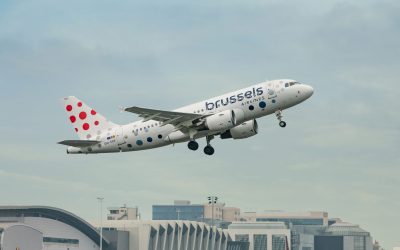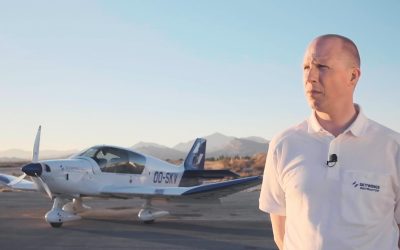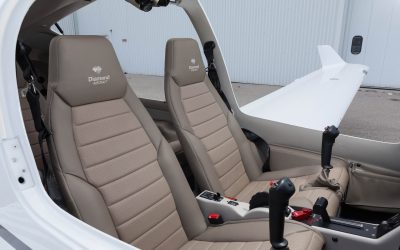10 Tips for flying in hot weather
The Skywings Flight Training Safety Department issues a heat warning for the coming 10 days (at least until July 20, 2022) with temperatures expected to exceed 30 degrees Celsius for several days in a row.
Extreme heat poses several risks to the safety and wellbeing of pilots operating general aviation aircraft. Pilots operating in the coming days during these extreme temperatures are reminded of the following:
Check your density altitude: When the temperature is 30 degrees at sea level (ISA + 15), this coincides with a performance of the aircraft at roughly 1800 feet elevation during ISA conditions. Make a proper take-off and landing calculation based on the actual mass and environmental conditions. Runways that may be long enough on a normal day may be too short in extreme heat due to reduced performance.
Dehydration: The body loses a lot more water during extreme heat. Dehydration may lead to dizziness, lack of concentration, headaches, and even loss of consciousness. Keep yourself hydrated by drinking plenty of water (take at least 0,5 liters of water per expected flight hour with you).
Sun exposure: Protect your eyes from the sun with good sunglasses. When flying aircraft with large canopies, exposing you directly to the sun, wear a hat. Use sunscreen.
Heat injuries: Do not leave headsets in the aircraft during turnaround times. Metal surfaces may become very hot and cause burns.
Lithium Battery Fires: Hide personal electronic devices with lithium batteries such as iPads from the sun. Extreme heat may cause battery overheating and fires.
Brakes: Brakes may overheat quicker in hot conditions. Be careful not to ride the brakes too long during taxi out and taxi in. Overheated brakes become ineffective or may even cause smoke and fire. When taxiing, reduce your taxi speed and make 1 continuous brake application to a near standstill when you need to brake, rather than several small brake applications.
Turbulence: High temperatures may cause severe turbulence. Especially when overflying populated areas with lots of concrete, local hot spots can cause extremely unstable air. Concrete runways may create air pockets causing aircraft to float on landing, perform a go around when you float beyond the intended touch down zone.
Thunderstorms: Hot temperatures combined with high humidity are basic ingredients for sudden thunderstorm buildups. Closely monitor the weather and be extra careful when TCU, CB or TS are forecasted. Avoid thunderstorms, towering cumuli or CB’s as icing, turbulence, lightning strikes and windshear pose high threats to the safety of the flight. Foresee an alternate landing airfield for the case where thunderstorms would build up at or near your destination.
Think about your passengers: If you are taking passengers along, remember to brief them on the expected turbulence and heat. Ask them to bring water and to inform you when they are not feeling well.
Too hot? Cancel! If temperatures exceed aircraft performance capabilities or your own capabilities, cancel the flight due to weather reasons!
Questions or suggestions? Do not hesitate to e-mail us: pieter@skywings.be
Did you encounter an undesirable situation due to the heat, make a safety report through our SMS system.

Pieter Brantegem
Chief Commercial Officer


